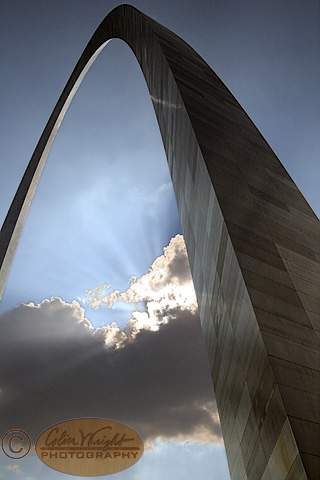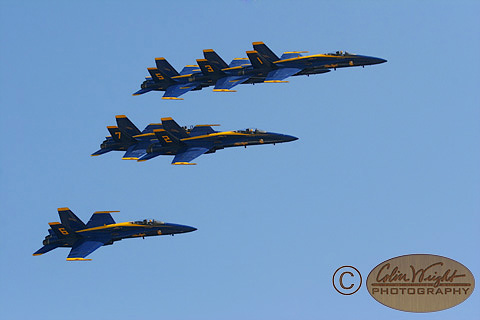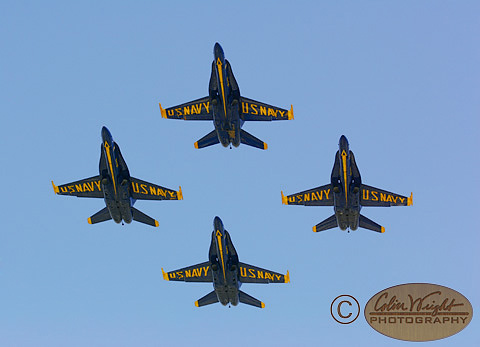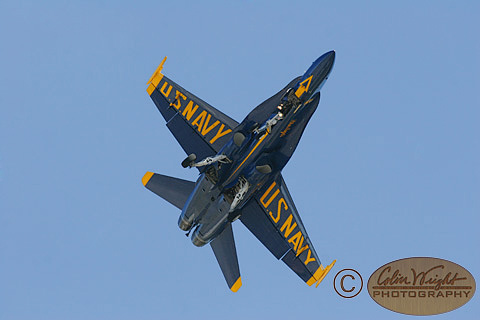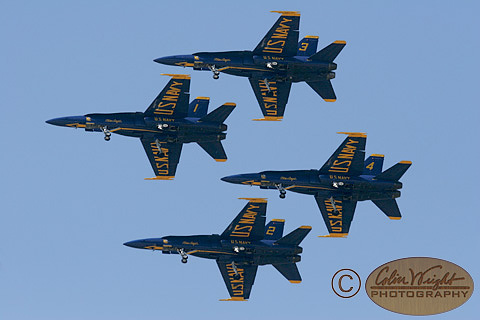James Duncan Davidson wrote about the best deal in photography at this point in time. He’s a proponent of an inexpensive, fast, prime lens, in this case, the Canon 50/1.8. This lens has a reputation as being slow to autofocus, tough to manually focus, and not have a sliver of metal in the whole thing… although I expect at the least the electrical contacts must be metal! 🙂 This lens weighs in at a slender C-note, and can easily contribute a fast lens (optically) to the camera bag for small spuds in the big scheme of things.
I’ve gotta agree. Once upon a time, I owned the big brother to that lens, the Canon 50/1.4, and I’ve really regretted getting rid of it. The ability to shoot indoors without a flash, and the great depth of field opportunities are things I gave up when I traded it away.
The big point of Duncan’s that really sings to me is about zooms. Of the four lenses in my bag, three are zooms: 10-22/3.5-4.5, 28-135/3.5-5.6 and 100-400/4.5-5.6L, with only my macro being a prime (105/2.8). Notice anything interesting about those lenses? They’re all on the slow side, especially at the long end.
I’d love to go to primes, and that’s something I’ve been considering for a while. There’s nothing functionally wrong with my lenses, but the rumored sharpness of the primes, along with their faster optics, makes them very attractive.
Now, I can’t see me dropping my 100-400 anytime soon. It’s just too valuable for use at airshows and sporting events, although I’d drop it in a heartbeat for a 600/4L! 🙂 The other lenses, though, could stand to be replaced with primes.
On the short end of things, the beauty of the 10-22 is the effective wide end, which is around 16mm. Once upon a time, I had the Canon 16-35/2.8L, and I was convinced that I needed something wider. When the the 10-22 was released, I jumped on it and dropped the 16-35. Again, I think that was probably a mistake. I mean, yeah, you can see the difference in the width of the shot between the two lenses, but for landscapes, that’s just not that big a difference.
As for my 28-135, well, I just plain love that lens. It’s solid, and has just about the best color rendition of any lens I own. It’s not super huge, and is at a range that is nice for just walking about. Admittedly, the 50mm lenses fall right in the middle of this range, so they might be a good substitute, but the ability to quickly compose the shot differently without moving is real attractive.
So, do I have any real direction? Well, not really, although I’m really swayed by the siren song of the primes. Maybe it’s time to take a harder look at them.

